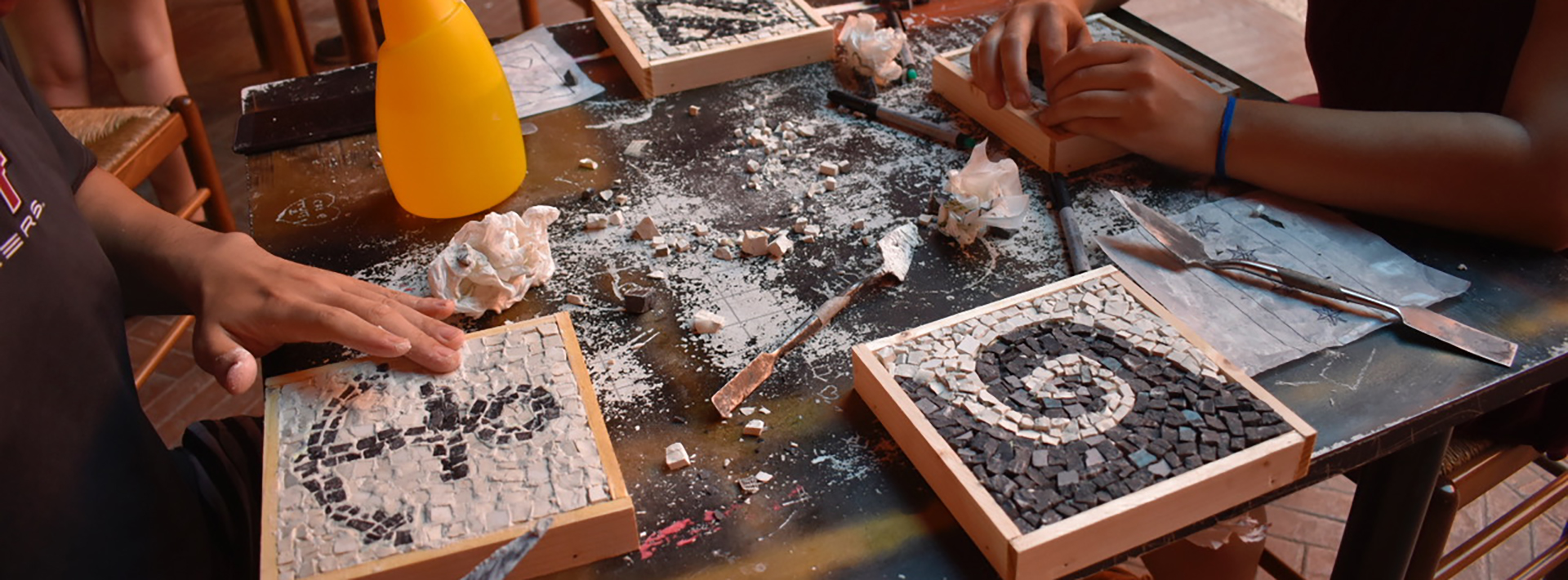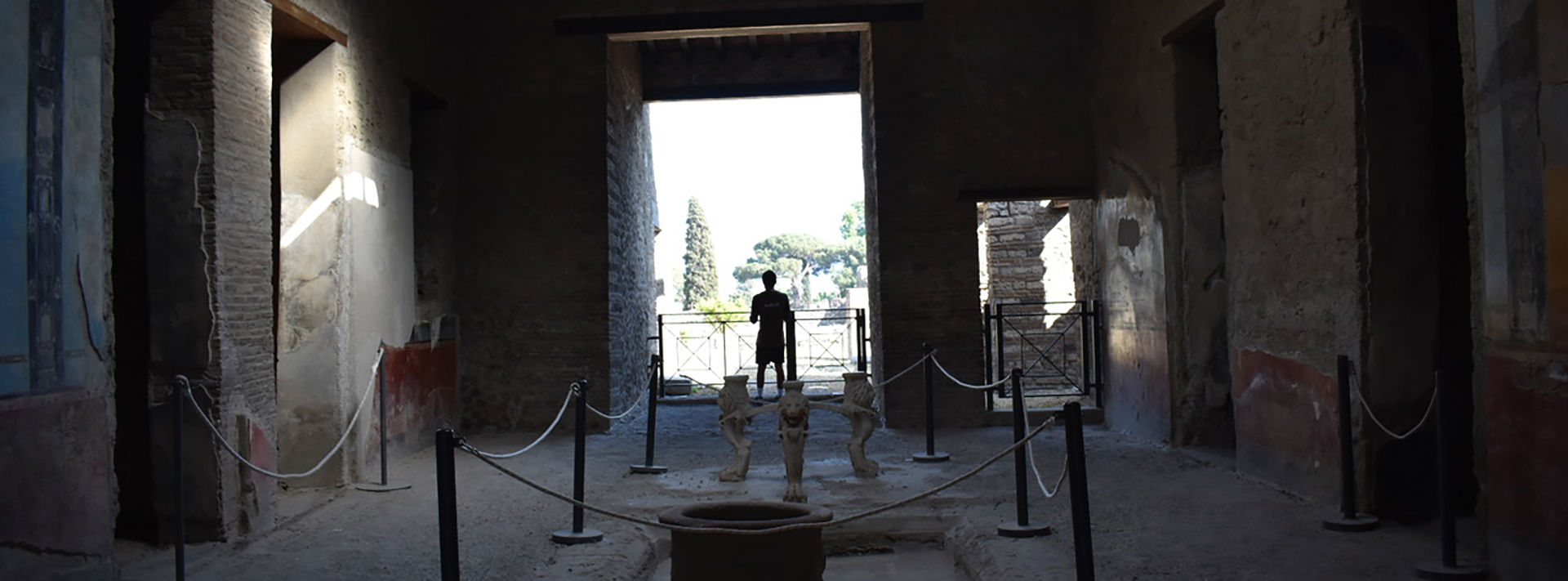ONE-MA3 2017: Making a Model

[fusion_text]By Sierra Rosenzweig
Today, the ONE-MA3 team traveled to the Archaeological Museum to view mosaics extracted from the dig site in Privernum. We were curious how grand the mosaics would have looked when they were still spanning the floors of the ancient houses. We then realized that we had the technology to make our curiosity into a reality! We came up with a plan to use the DPI to scan a large mosaic in the museum and stitch the scan to another scan that we had collected from the dig site in Privernum. By stitching the two 3D images together, we could produce a virtual model of the mosaic as it would have looked in its original place.

Me and Chad using the DPI to scan a mosaic in the museum (Photo by Max Kessler)
Once we had our scans, we spent a day in the castle trying to construct our 3D model. Unfortunately, we ran into computer trouble before we got to stitching any images together. As it turns out, the 3D images were far too big for the laptops we were using to handle. We did manage to process some smaller scans of statues that we had viewed in the museum, but our mosaic stitching project was put on hold until we return to MIT where better computers await.

The laptops failed to respond when we tried to process our large scans
After our mosaic project came to a disappointing halt, Professor Masic posed another challenge to us in order to take our minds off of the mosaics. The challenge turned out to be a head-to-head pasta cook-off!
With the instruction of the Italian chefs in the castle, we spit into two teams and crafted pasta that was to be judged by Professor Masic and his colleagues. The competition was intense, and both teams put up a fight for the top chef spot. At the end of the day, we had two batches of delicious pasta that we enjoyed during a candle lit dinner in the castle.

This summer, Professor Admir Masic is leading a program on Materials in Art, Archaeology and Architecture (ONE-MA3), in which MIT undergraduates are conducting three weeks of fieldwork in Privernum, Pompeii and Turin as a prerequisite for the Fall 2017 MIT course, 1.057 Heritage Science and Technology. The program involves real-world analysis of ancient infrastructures and materials and focus on teaching ways to improve sustainability of the future through the study of ancient successes. [/fusion_text]



